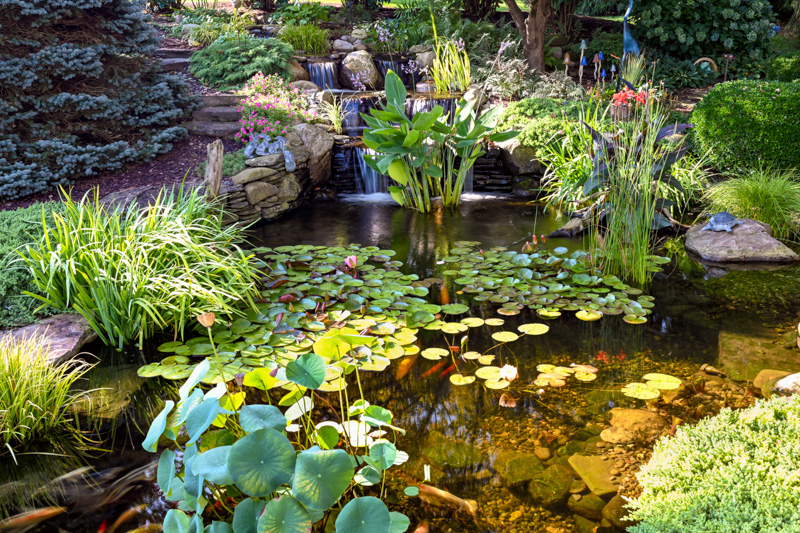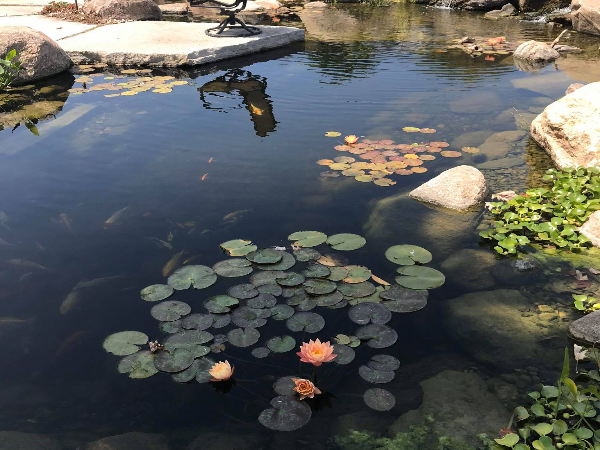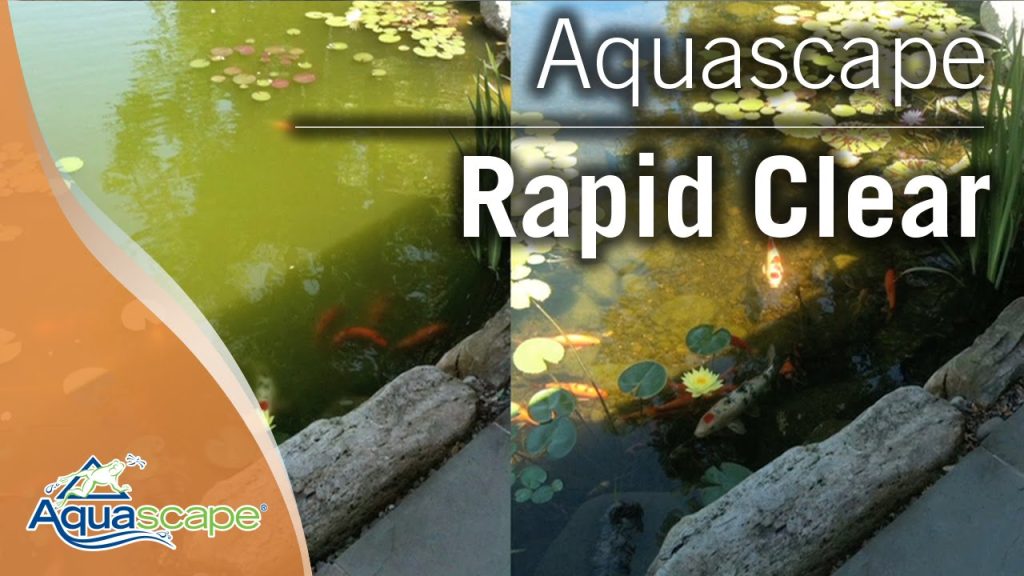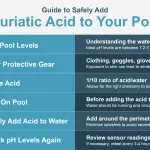Having a pond in your backyard can be a beautiful addition to your landscape. However, keeping the water in your pond clear and clean can sometimes be a challenge. Murky or cloudy water can detract from the overall beauty of your pond and may indicate an underlying issue with water quality. In this article, we will explore some effective tips and tricks to help you achieve and maintain clear pond water.
1. Proper Filtration System
One of the key factors in maintaining clear pond water is having a proper filtration system in place. A good filtration system helps to remove debris, excess nutrients, and other impurities from the water, keeping it clean and clear. There are different types of filtration systems available, including mechanical, biological, and UV filters. Choose a filtration system that is suitable for the size of your pond and the type of aquatic life it contains.
2. Regular Cleaning and Maintenance
Regular cleaning and maintenance are essential for keeping pond water clear. Remove any debris such as leaves, twigs, and algae that may accumulate in the pond. Use a skimmer net to skim the surface of the water and a pond vacuum to clean the bottom of the pond. Trim back overhanging plants to prevent them from shedding leaves and other organic matter into the water.
3. Proper Water Circulation
Proper water circulation is important for maintaining clear pond water. Stagnant water can lead to the buildup of algae and other contaminants. Consider adding a fountain, waterfall, or aerator to keep the water moving and oxygenated. This will help prevent the growth of algae and improve overall water quality.
4. Balance Nutrient Levels
Excess nutrients in the water can lead to algae blooms and cloudy water. Test the water regularly to monitor nutrient levels such as nitrates and phosphates. If nutrient levels are too high, consider adding aquatic plants to help absorb the excess nutrients. Avoid overfeeding fish, as uneaten food can contribute to nutrient buildup in the water.

Credit: splashsupplyco.com
5. Use Beneficial Bacteria
Beneficial bacteria play a key role in maintaining a healthy pond ecosystem. These bacteria help break down organic matter such as fish waste and decaying plant material, reducing the buildup of sludge and preventing water quality issues. Consider adding a bacterial supplement to your pond to help establish a healthy bacterial balance.
6. Provide Adequate Shade
Excessive sunlight can promote the growth of algae in your pond, leading to cloudy water. Provide adequate shade by planting water lilies, lotus, or other floating plants on the surface of the water. These plants not only provide shade but also help absorb excess nutrients and oxygenate the water.
7. Monitor pH Levels
Monitoring the pH levels of your pond water is important for the health of aquatic life and water clarity. The ideal pH range for most ponds is between 6.5 and 8.5. Test the water regularly and make adjustments as needed to maintain the proper pH balance. Adding a pH buffer can help stabilize pH levels and prevent fluctuations that can impact water quality.

Credit: iowawaterscapes.com
8. Control Algae Growth
Algae growth is a common cause of cloudy pond water. To control algae growth, consider adding barley straw or algaecides to the water. Barley straw releases natural compounds that inhibit algae growth, while algaecides can help kill existing algae. Be cautious when using algaecides, as they can harm aquatic plants and fish if not used properly.
9. Avoid Chemical Overload
Avoid overusing chemicals in your pond, as this can disrupt the natural balance of the ecosystem and harm aquatic life. Only use chemicals when necessary and always follow the manufacturer’s instructions carefully. Consider using natural treatments such as beneficial bacteria, barley straw, or pond plants to help maintain water quality without the use of harsh chemicals.
10. Seek Professional Advice
If you are struggling to achieve clear pond water despite your best efforts, consider seeking advice from a professional pond maintenance service. A professional can assess the condition of your pond, identify any underlying issues, and recommend effective solutions to help you achieve and maintain clear pond water.
By following these tips and tricks, you can enjoy a beautiful and clear pond that enhances the aesthetic appeal of your outdoor space. Remember that maintaining clear pond water is an ongoing process that requires regular attention and care. With the right maintenance routine and proper techniques, you can create a healthy and vibrant pond ecosystem that you can enjoy for years to come.
Frequently Asked Questions
Q: Why is my pond water cloudy or murky?
A: Pond water can become cloudy or murky due to algae blooms, excess nutrients, debris, fish waste, and insufficient filtration.
Q: What are the first steps I should take to clear my pond water?
A: Test the water to identify imbalances in pH, ammonia, nitrites, and nitrates. Remove any debris with a net, perform partial water changes, and clean the pond’s filter system.
Q: How often should I clean my pond filter?
A: The frequency depends on the size of the pond and the filter system, but generally, you should clean the filter every 1-2 weeks during peak seasons.
Q: Can adding plants help in clearing pond water?
A: Yes, adding aquatic plants can help absorb excess nutrients, reducing algae growth and contributing to clearer water.
Q: What types of plants are best for maintaining clear pond water?
A: Plants like water lilies, hornwort, water hyacinths, and submerged oxygenators such as anacharis or elodea are beneficial for maintaining clear water.
Q: Is UV filtration effective in clearing pond water?
A: UV filtration can be highly effective in controlling algae blooms and clearing green water by killing suspended algae particles.
Q: How do beneficial bacteria treatments work for pond clarity?
A: Beneficial bacteria treatments break down organic waste and reduce harmful ammonia and nitrites, promoting a balanced and clear pond environment.





